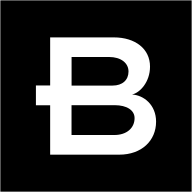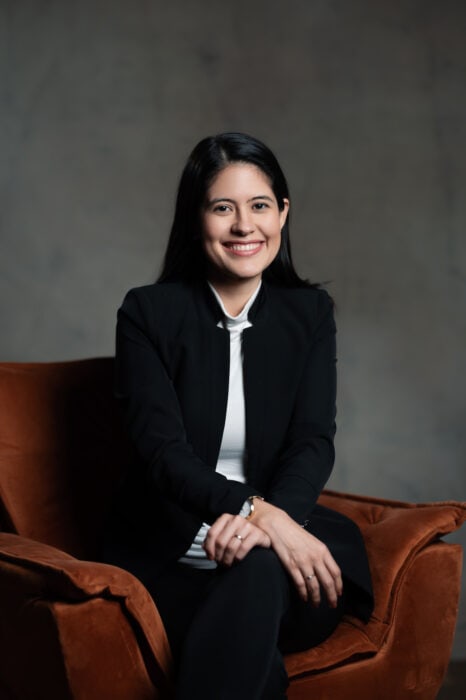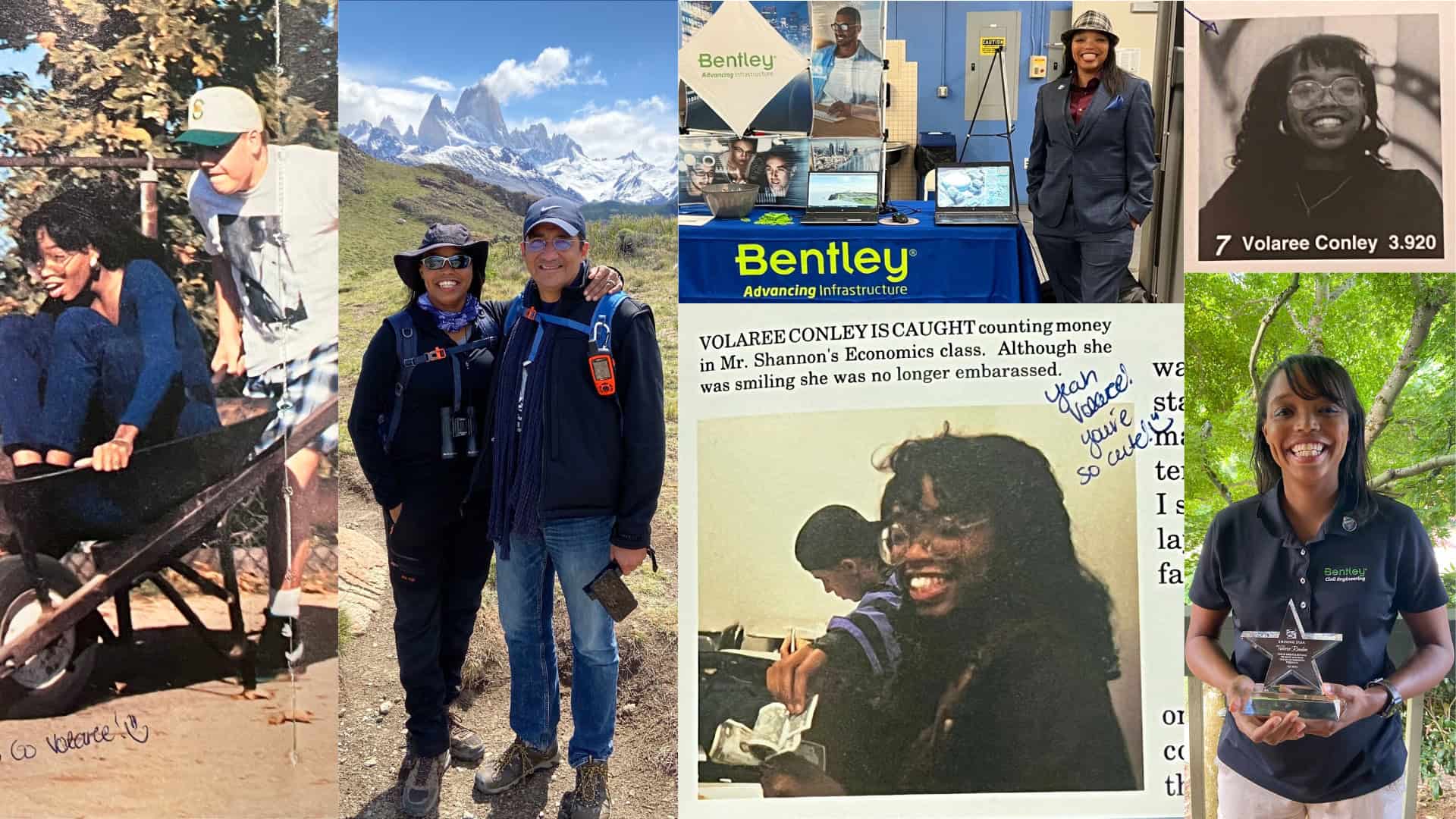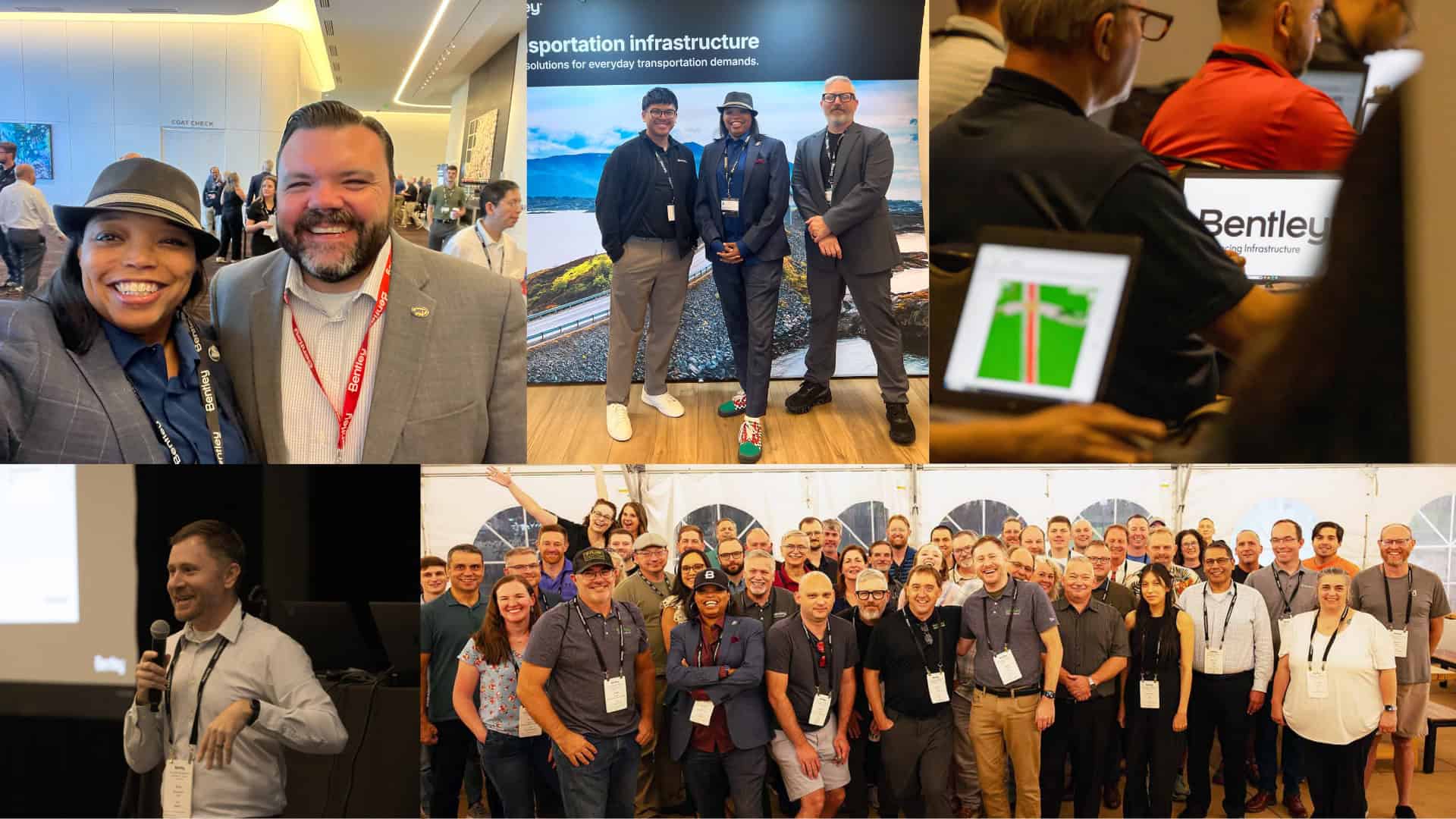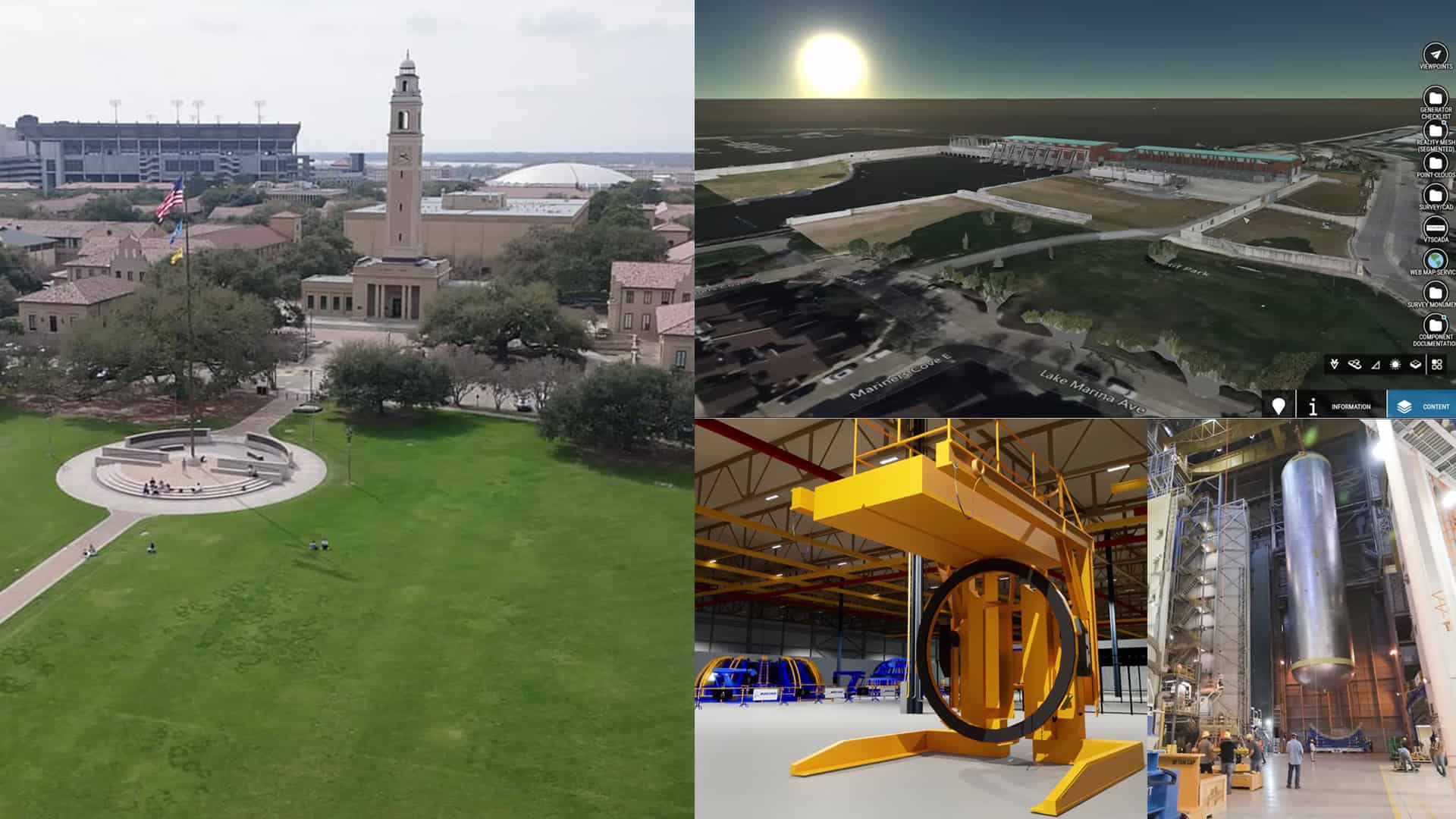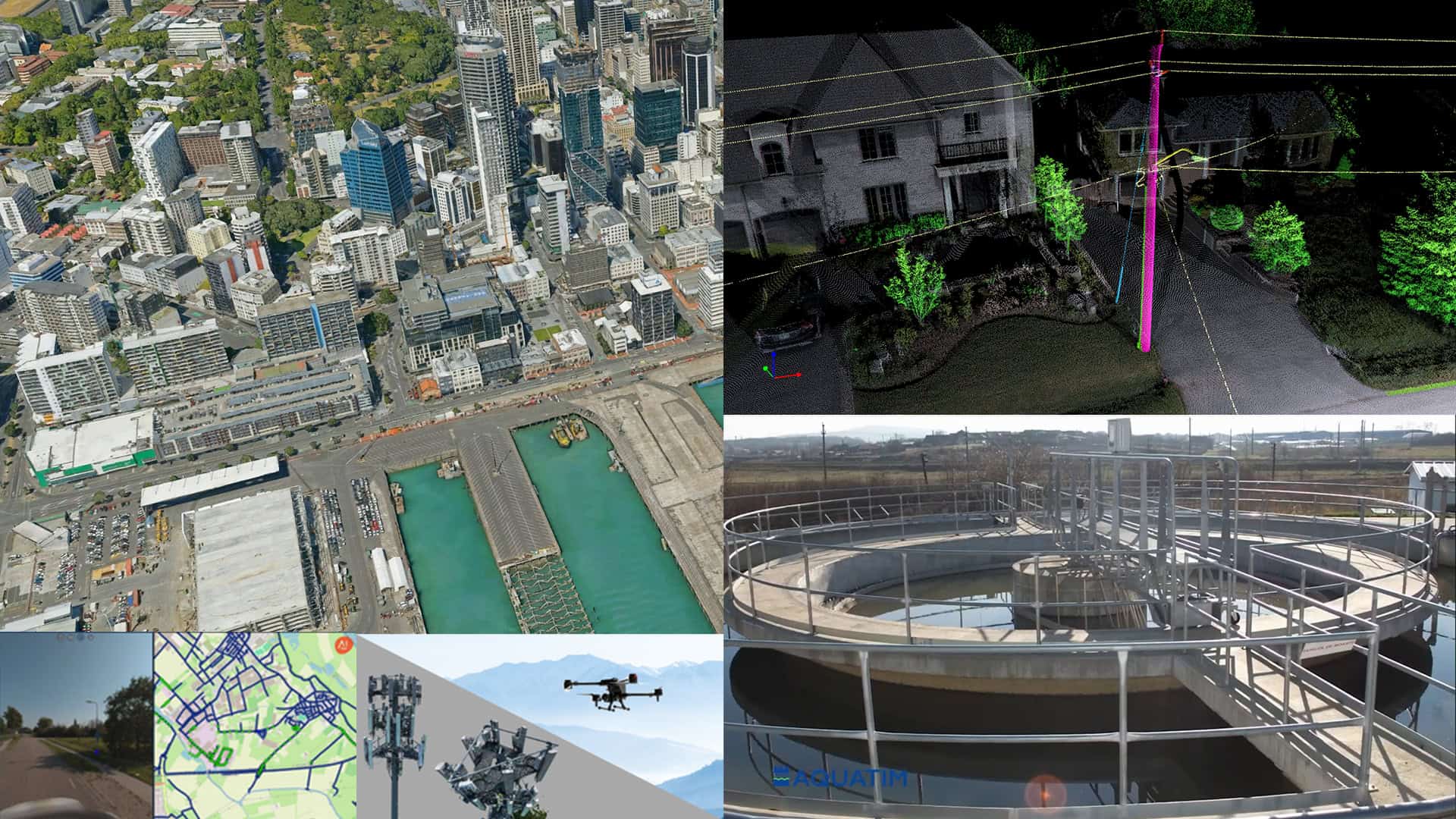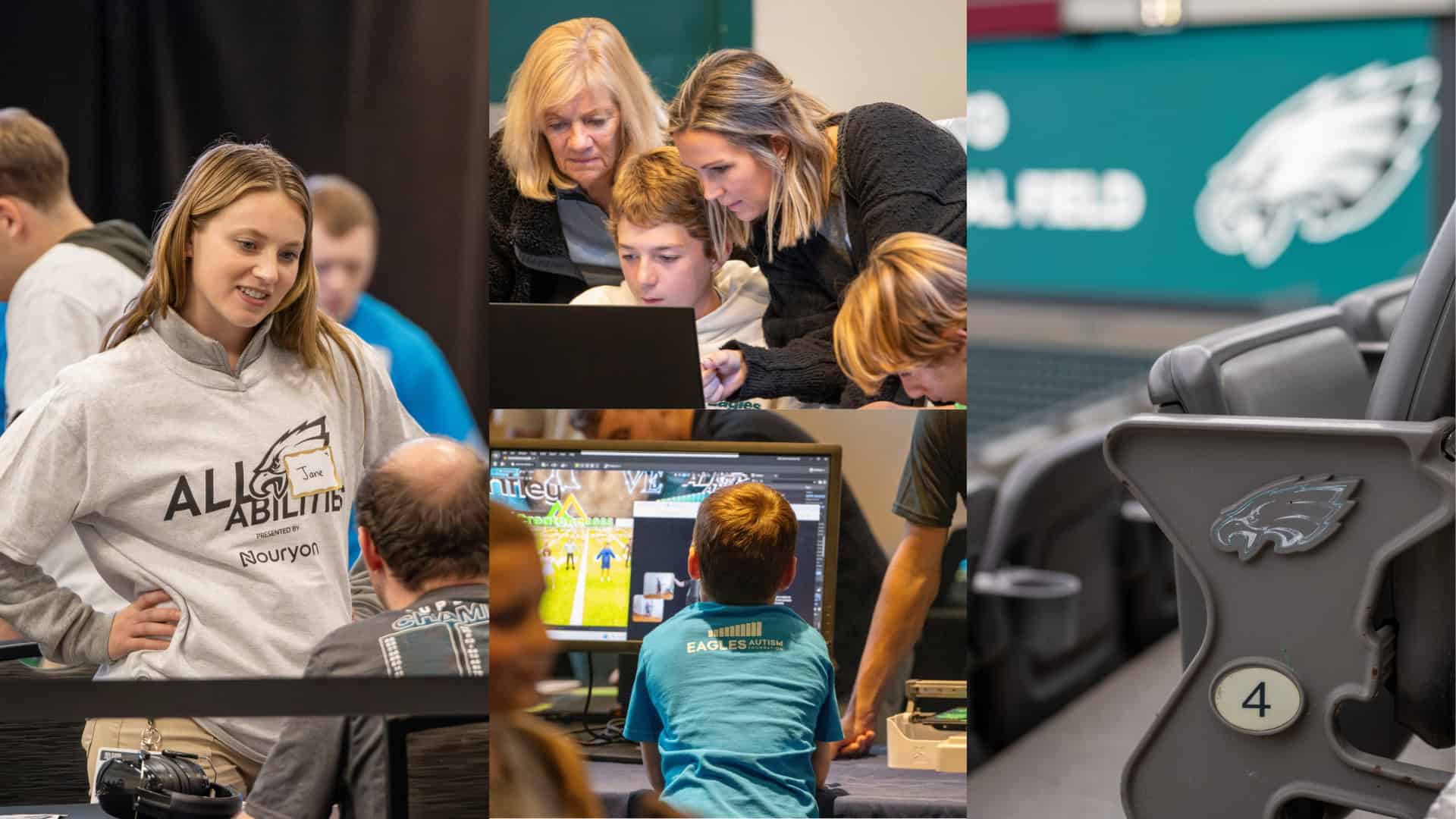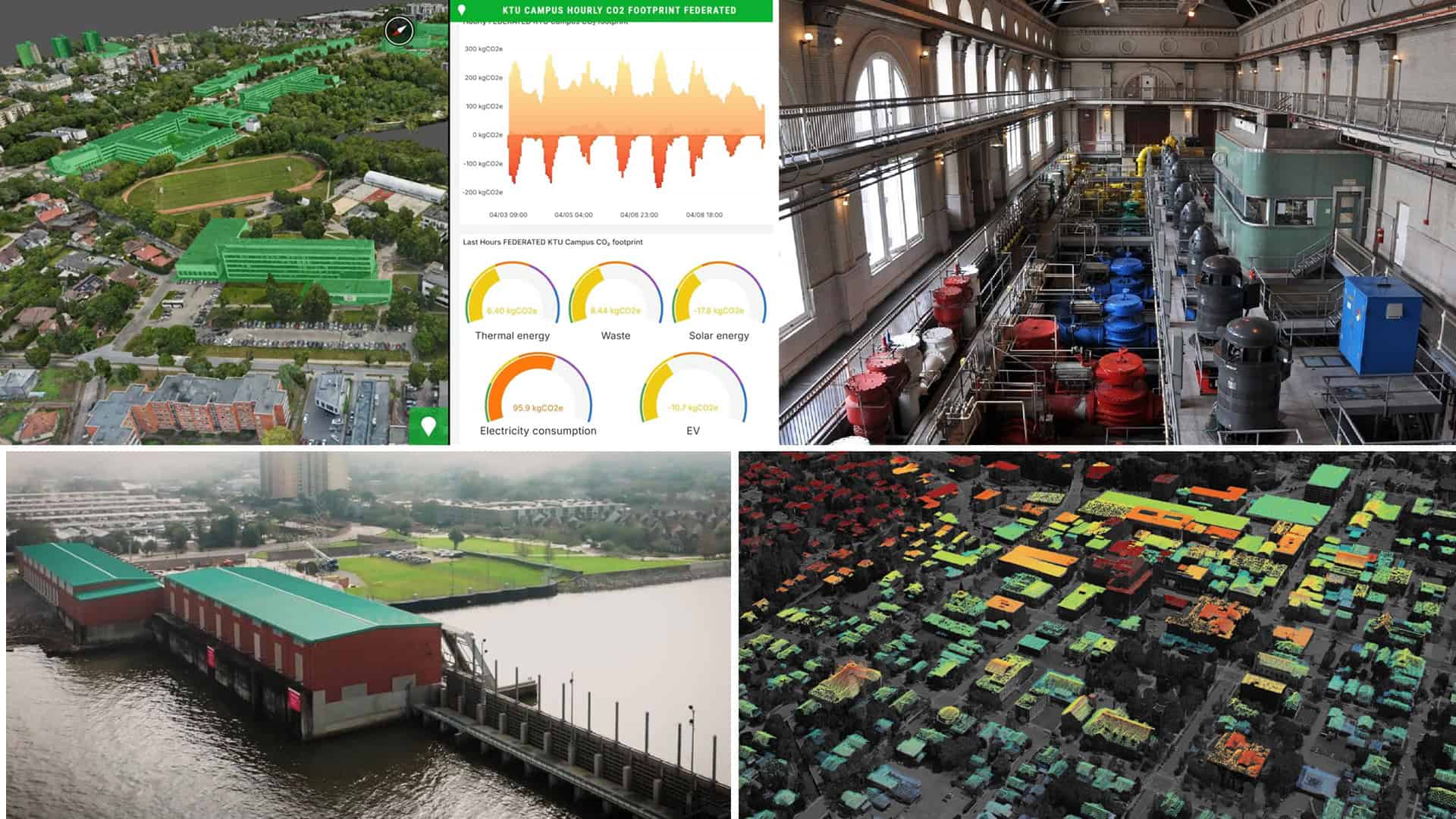In This Story...
- We celebrate Ada Lovelace, considered by many the world’s first computer programmer.
- Curiosity sparked these women’s journeys into engineering.
Mentorship and networks help women thrive in STEM careers.
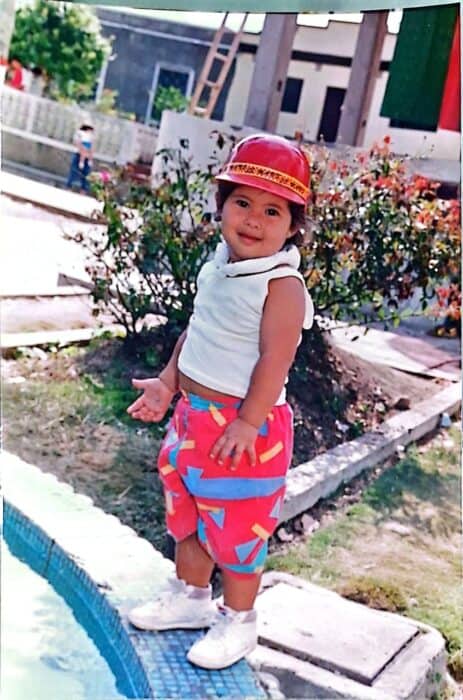
Soler was fascinated by the massive oil and gas rigs offshore. “I was curious about what was happening there,” Soler recalls. “We even started to joke a little bit in the car with my family, like: ‘Wow, let’s figure it out, how petroleum is extracted.’”
That trip proved to be a game changer for Soler, who had been considering a career in medicine. Instead, she pursued undergraduate and master’s degrees in petroleum engineering, going on to work for Schlumberger, IBM, and Halliburton in locations stretching from the Amazon rainforest in Peru to the deserts of Qatar.
Soler is now the solutions manager for energy at Bentley Systems, the global infrastructure engineering software company. She works to match Bentley digital tools to customer needs in the power generation sector. Not just oil and gas, but also geothermal, nuclear, and hydrogen power.
While roughly 40% of students in her freshman year were women, Soler says the number started to dwindle as she progressed in her studies and career. During her final year in school, she entered an essay competition for female students titled “Why I chose steel boots” – a nod to the footwear worn on oil platforms – and won second place, which earned her an internship at Schlumberger.
“At the time that I was studying my major, there were plenty of girls. But when I went to those countries, especially Peru and Qatar in the Middle East, there were none. So it was common that I was the only woman on the platform,” Soler says.
Leading by Example
Fifteen years on, Soler is now more likely to be found in tennis shoes than steel boot. But she is still passionate about supporting women embarking on careers that may require hefty footwear in the fields ofscience, technology, engineering, and mathematics (STEM).
Women currently make up about 28% of the STEM workforce, according to the American Association of University Women. In engineering, that figure is even lower – 16%.
In light of the limited number of female mentors for the new generation of STEM students, Soler says one way to encourage more women to pursue STEM careers is to lead by example. She says that means helping younger women envision themselves in similar roles.
“What I really try to do, at least at this stage of my life, is really try to deliver at the maximum,” she says. “And I know this can be kind of extra pressure over pressure, but I think this is something that we need to do.”
Supporting women in STEM
Bentley is highlighting Solar and other women working in STEM ahead of Ada Lovelace Day. Held on the second Tuesday in October, the day celebrates English mathematician Ada Lovelace, considered the world’s first computer programmer, and the achievements of other women in STEM fields.
Bentley is focused on attracting and supporting talented and successful women with STEM backgrounds, like longtime engineer Victoria Fillingham, computational mathematician Emily Zhang, and design software marketing specialist Oana Crisan.
Support includes a variety of initiatives across Bentley’s global network, including Women at Bentley, which meets monthly to foster equity and support, and the Network of Women, which offers an annual mentoring program to empower women in building successful careers at the company. Seequent, the Bentley-owned subsurface company, also hosts a vibrant Women’s Leadership Circle with motivational sessions and networking.
Harness Your Natural Curiosity
Like Solar, many women who followed their early curiosity are leading by example at Bentley. And they have advice for the next generation: Stay curious.
As a child in Serbia, Slavica Bozic was endlessly curious about how things worked. When she was around 12, her family visited the largest hydroelectric power plant on the Danube River, where she recalls being mesmerized by both the scale of the technology and its impact.
“In that moment, I realized that engineering wasn’t just about machines or science. It was about contributing to the progress and prosperity of entire communities while solving fascinating problems,” says Bozic, product management director in Bentley’s electric utility team. “That was all I needed to know. This is what I want to do!”
That drive to solve problems would later take Bozic full circle. When she was growing up, a hydro-powered mill built in the early 1900s in her grandparents’ village still served the local farming community.
“Years later, when the water source dried up, I helped redesign and rebuild the mill to run on electricity while preserving most of its original mechanical components,” she says. “That experience showed me how engineering can evolve while still respecting natural principles.”
Bozic describes STEM careers as offering “the chance to shape solutions the world has never seen before.” And her advice for women considering such a path?
“Engineering isn’t just about making cool technology, it’s about creating technology that changes lives and builds a better world. Women are natural drivers of that kind of progress,” she says.
“The qualities engineering demands – innovation, bravery, multidimensional thinking, and curiosity – are already within you. The key is to trust your instincts and lean into them. Be brave enough to take chances and step into the unknown.”
A Love of Puzzles
Bentley engineer Esen Kacar also followed her early curiosity of how the world works. Born in Turkey, Kacar always enjoyed math and solving problems, traits that led her to become a software engineer. She is now a product management director at Bentley with over 16 years’ experience working in utilities.
What Kacar really enjoys about the job is the variety.
“Sometimes you write a program about a bank system and money transfers, next time you might be helping an engineer to design a bridge, or you might be helping a researcher to analyze the test results,” says Kacar. “I remember boring my friends when I explained to them all the highway design standards while we were traveling, because I was working on design software at that time.”
Kacar says STEM careers are a good fit for women because they are natural analytical thinkers.
“If [women] are interested in solving challenging puzzles and mesmerized by all the infrastructure around them, they should definitely choose an engineering career,” she says. “It’s so satisfying to know all the secrets and the numbers behind a machine producing a complex tool or a connected utility network, bringing electricity from a wind turbine to a house or an airplane, which has literally changed the history of mankind.”
As for Soler, her advice for women considering a STEM career is simple: “Go for it – it’s exciting!”
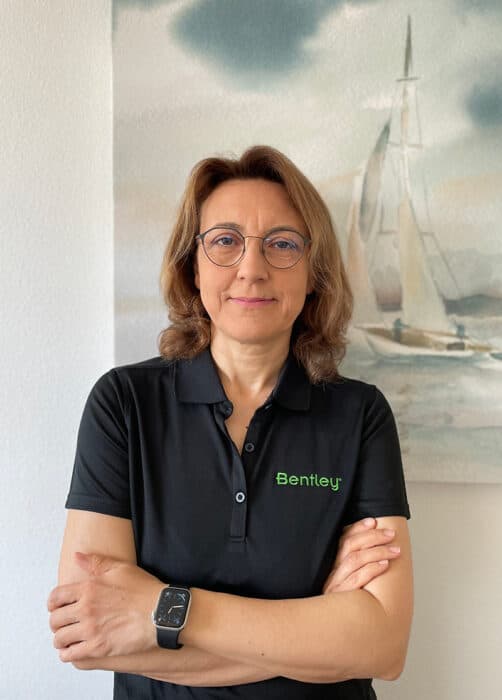 Esen Kacar
Esen KacarThe girl in the car crossing Venezuela’s Lake Maracaibo never imagined where a career in petroleum engineering would take her, Solar says. “I have been doing this for 22 years and I’m just looking forward to what is going to happen in the next 20,” she says. “It’s exciting.”
